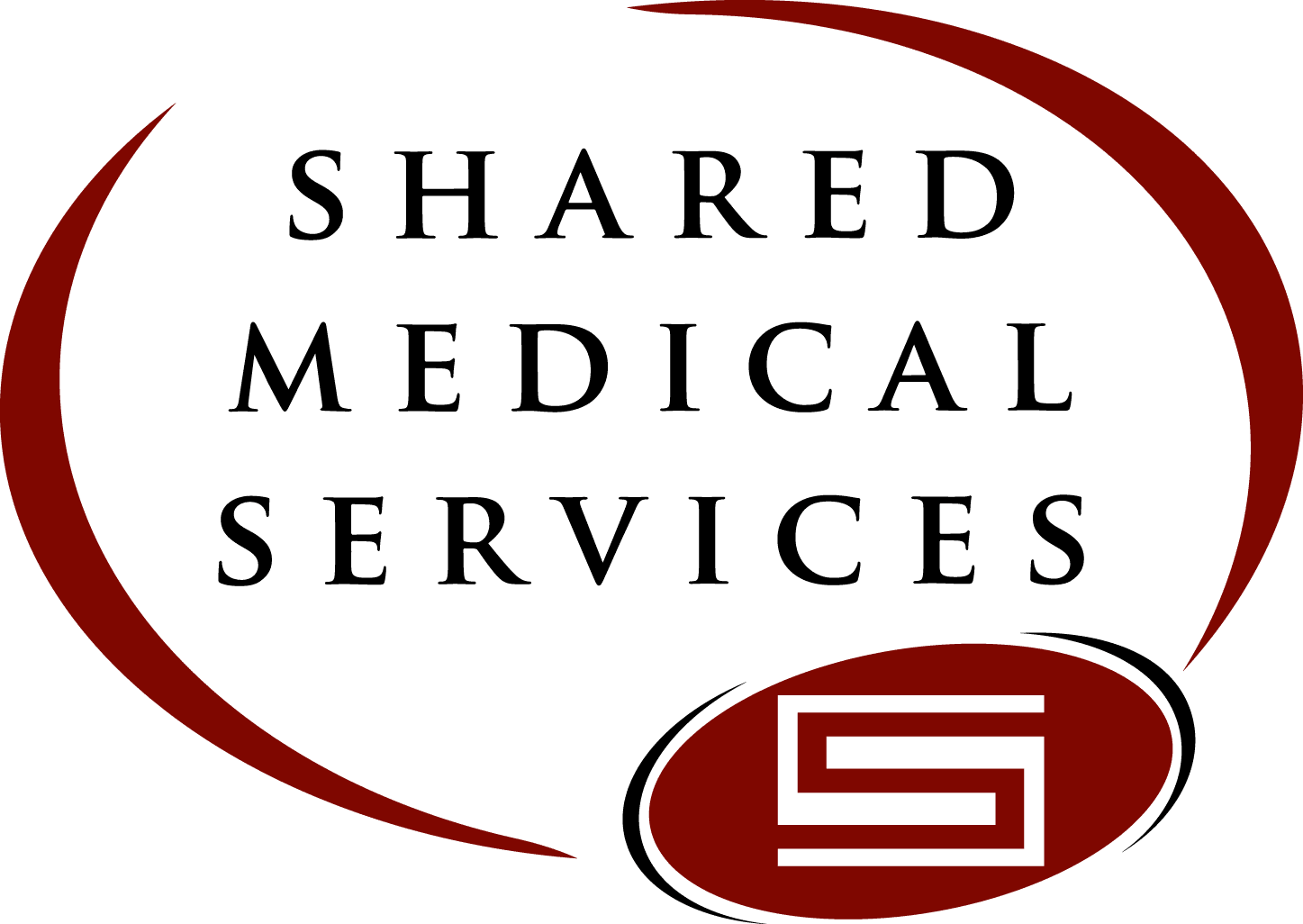What’s New in PET/CT
Clinical Utility of 18F-FDG PET/CT in Staging Localized Breast Cancer Before Initiating Preoperative Systemic Therapy.
PET/CT Updates, Research & Education
October 2020
Purpose
18F-fluorodeoxyglucose PET/CT is recommended as an optional study in the current NCCN Clinical Practice Guidelines in Oncology for Breast Cancer after CT of the chest, abdomen, and pelvis with contrast and bone scan (CTBS) in stage IIA-IIIC breast cancer. We evaluated our experience with the use of PET/CT in this setting before beginning primary systemic therapy (PST) prior to planned surgery.
Methods
We performed medical record abstractions of all adult female patients with clinical stage IIA-IIIC breast cancer diagnosed at Montefiore Medical Center from January 1, 2014, through January 1, 2019, who underwent PET/CT before PST. We calculated the proportion of patients upstaged after PET/CT and examined the cost and radiation exposure associated with PET/CT compared with CTBS.
Results
A total of 195 patients with 196 breast cancers (bilateral disease in 1 patient) met the study inclusion criteria and had PET/CT as the first imaging study before PST. The overall upstaging rate for regional nodal metastasis and/or distant metastasis was 37% (73/196), including 24% for stage IIA (9/38), 39% for stage IIB (31/79), 54% for stage IIIA (22/41), 27% for stage IIIB (8/30), and 37% for stage IIIC (3/8). The overall upstaging rate for distant metastasis was 14% (27/196), including 0% for stage IIA, 13% for stage IIB (10/79), 22% for stage IIIA (9/41), 17% for stage IIIB (5/30), and 37% for stage IIIC (3/8). Medicare reimbursement rates were $1,604.37 for PET/CT and $1,679.94 for CTBS. The radiation dose for PET/CT was 14 mSv versus 21 mSv for CTBS.
Conclusion
Approximately 37% of patients with clinical stage IIA-IIIC breast cancer who underwent PET/CT before PST showed more extensive disease, including 23% with more extensive nodal metastasis and 14% with distant metastasis. Given its high detection rate, comparable cost, lower radiation dose, and greater convenience, PET/CT should be considered as an alternative to CTBS rather than “optional” after CTBS, especially in patients who require an efficient and expeditious workup before initiating PST.
Source: J Natl Compr Canc Netw. 2020 Sep;18(9):1240-1246. doi: 10.6004/jnccn.2020.7592.
<https://pubmed.ncbi.nlm.nih.gov/32886897> Retrieved 1 October 2020.

October Breast Cancer Awareness Month
- Besides skin cancer, breast cancer is the most commonly diagnosed cancer among American women. In 2020 it is estimated that about 30% of newly diagnosed cancers in women will be breast cancers.
- A woman’s risk of breast cancer nearly doubles if she has a first-degree relative (mother, sister, daughter) who has been diagnosed with breast cancer.
- About 1 in 8 U.S. women (about 12%) will develop invasive breast cancer over the course of her lifetime.
Connect with Us
Get additional information and stay up-to-date with the latest news by connecting with us on social media.



